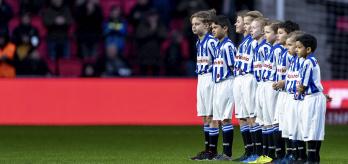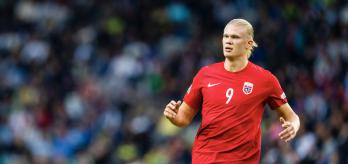In his last three webinars, David Aznar has delved into the subjects of game models, training philosophies and how to manage the competitive microcycle. In his final presentation, Aznar switches to practical implementation and visualises the link between the way a team trains and the way they perform on match day. As explained in the first of his series of webinars, a game model is a clear playing style that is understood by both players and coaches. Here Aznar demonstrates the importance of carefully selecting training exercises to instil the right individual and collective behaviours during matches.
We have to show the players the colours so that they can paint the picture.
Watch video
Read summary
Part 1: The importance of video footage as a training tool
In the first part of his presentation, Aznar stresses the importance of video footage. For the players, video footage is invaluable as it can visualise the specific areas of the game that they need to work on. In these instances, Aznar can present a clip of training side-by-side with a clip of match footage, and highlight to the group what exactly he wants to achieve during practice and why. For coaches, this video aid is equally indispensable, because footage can illustrate a vision and game model in a way language cannot. Perhaps most importantly for coaches, footage can be used to hold themselves to account and enhance their own development.
Part 2: Walkthrough of defensive and attacking principles
Next, Aznar shows how attacking and defensive principles can help instil required individual and collective behaviours both in training and during matches. As in part 1, he places clips from the training ground next to match footage and pinpoints how specific training drills have been successfully transferred onto the pitch. For example, in one training clip, the exercise focused on maintaining width when attacking; each team attacked two large goals positioned in the wide channels, which incentivises the team to maintain a wide shape going forward. Then, Aznar played match footage that revealed that the team spread out wide when attacking - precisely what the training exercise was for.
Part 3: Walkthrough of transition principles
In the third part of his presentation, Aznar demonstrates the effectiveness of his team in terms of transitioning (from defence to attack and attack to defence), and reveals the practices he has adopted in training to facilitate this effectiveness. In the walkthrough, Aznar demonstrates the importance of teamwork during transitions in great detail, which is useful when communicating to the team. For example, in the clips from one match, Aznar is able to show his team that they are able to execute a "ferocious collective retreat" 90% of the time, getting themselves into a position from which they can defend effectively after losing possession. The power of this visualisation can further motivate players to work towards the key objectives of the game model, and foster a sense of collective responsibility during transitions into defence.
Part 4: Training exercises for different practice objectives
Aznar ends the presentation by showing types of additional exercises he can incorporate into his practices where required. These are not explicitly linked to the game model, but help him develop his players individually and as a team. By using these additional exercises, Aznar can hone certain abilities and skills in a targeted way that builds on the experience of playing competitively. Conditioning training is the most obvious example of these kinds of exercises; it improves the fitness of the players so they can cope with the demands of a full competitive season.
Q&A
01:12
Is it important to integrate goalkeepers into training? If so, how would you integrate them?
05:28
How do you find the right blend of incorporating analytical and practical elements into a microcycle?






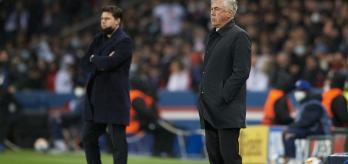
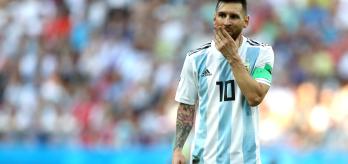
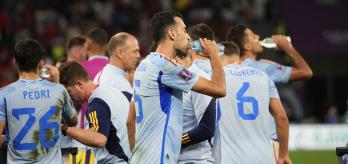
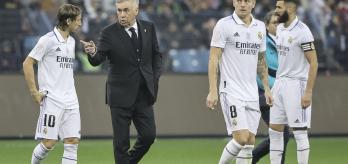






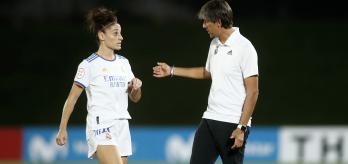
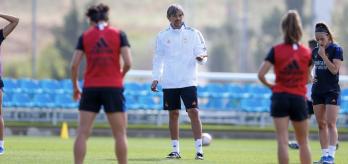
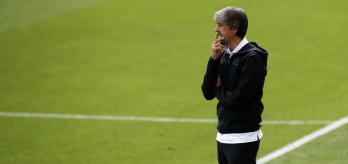
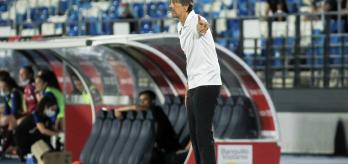
.variant64x64.png)


.variant348x164.png)
